Arata Isozaki, who died on Wednesday at 91, at his home in Naha, on the Japanese island of Okinawa, was born into a country that would be destroyed by war. “His first experience of architecture was the absence of architecture,” said Tom Pritzker, head of the foundation that awarded Isozaki the Pritzker Prize in 2019. Studying the subject was an act of faith, a step toward filling the void that was Japan after 1945. When he became an architect, in the 1950s, ongoing austerity meant he had to be resourceful. Though always a modernist, he was open to many approaches. “Change became constant,” he said in 2019. “Paradoxically, this came to be my own style.”
That may also explain the scope of his career, which brought him greater success abroad than any other Japanese architect of his generation. His clients included the Aga Khan, King Carlos and Queen Sofia of Spain, the ruling family of Qatar, the former Disney chief Michael Eisner, and the hotelier Ian Schrager. His best-known buildings ranged from the Palau Jordi stadium for the 1992 Barcelona Olympics to the 1983 Museum of Contemporary Art (MOCA) in Los Angeles to the interior of the Palladium night club in New York (1985). Before his death, he was working on projects in Italy, Kazakhstan and Vietnam.
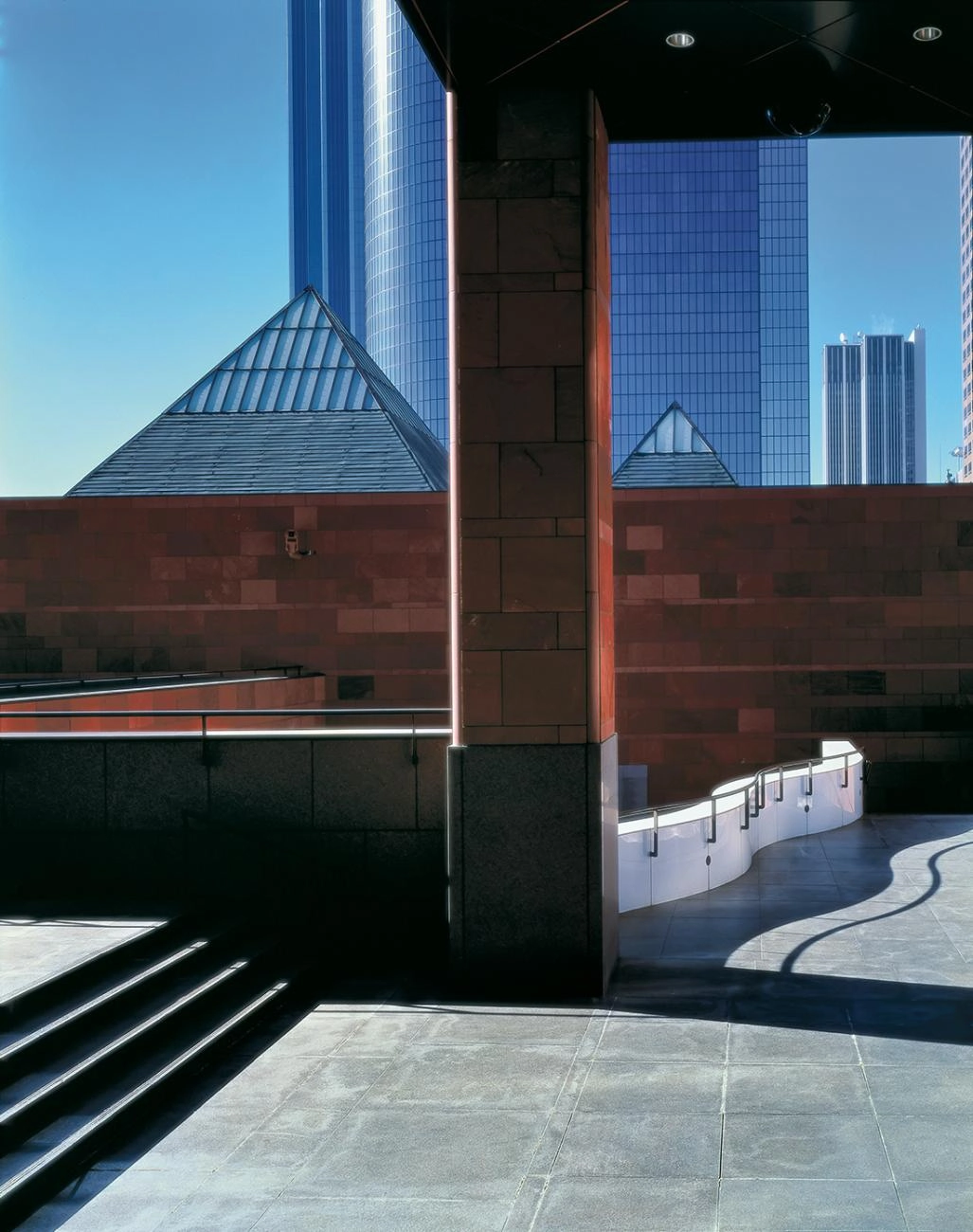
1
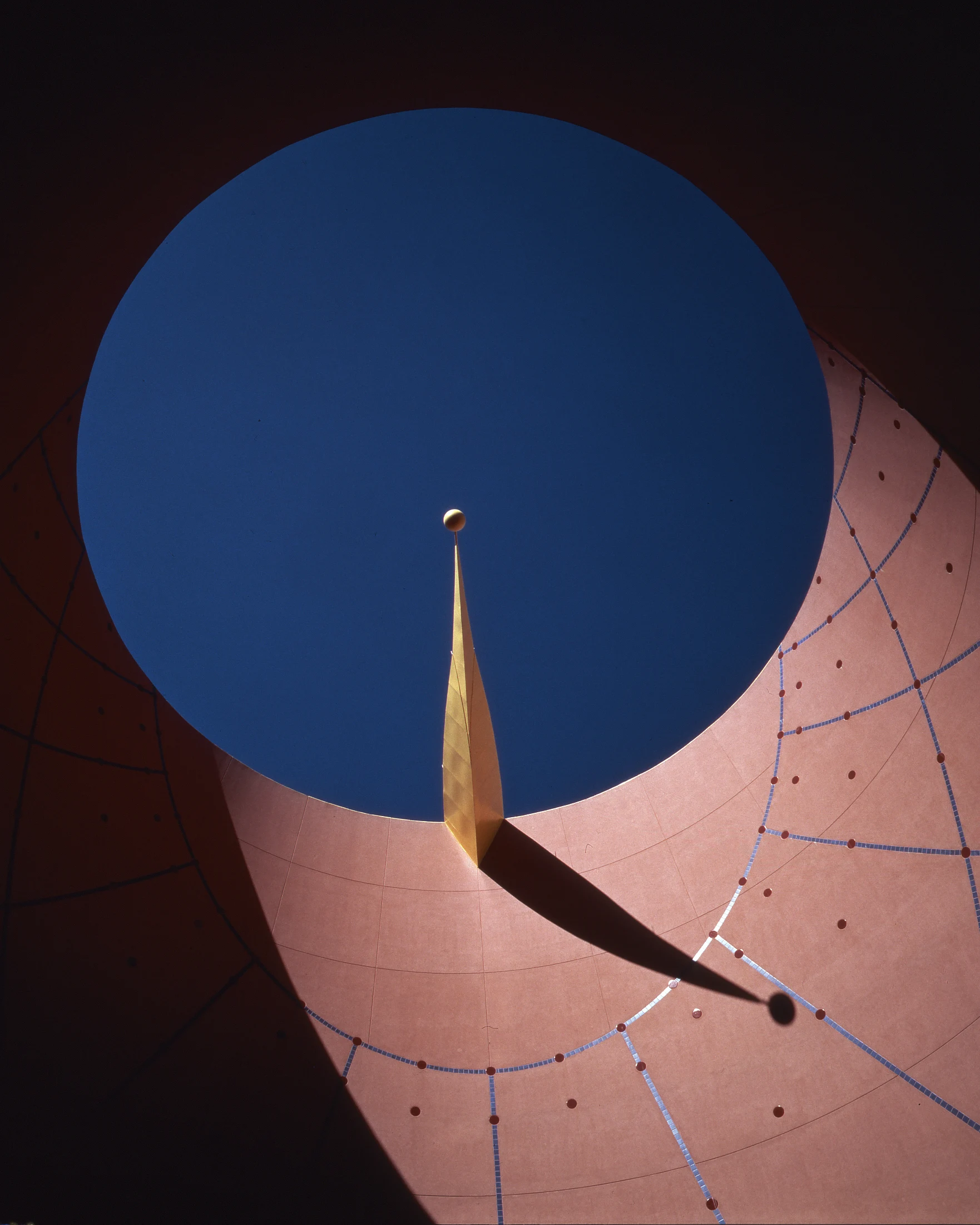
2
MOCA (1) and Team Disney Building (2) details. Photos © Kochi Prefecture, Ishimoto Yasuhiro Photo Center
At the same time, he completed dozens of projects in Japan. In Mito, he adorned a cultural center with a 300-foot-high tower made of 28 stacked, titanium tetrahedrons. Another standout is the Nara Centennial Hall (1992–1998), where a black, egg-shaped exterior contained a rectangular, glass-enclosed auditorium—a thrilling contrast between transparent and opaque.
Born in Oita on the island of Kyushu in 1931, Isozaki was a teen when Hiroshima and Nagasaki, both less than 100 miles away as the B-29 flies, were leveled. After graduating from the architecture department at the University of Tokyo in 1954, he apprenticed to Kenzo Tange, known as the father of postwar Japanese architecture. He opened his own office in 1963. Early works like a library in Oita and museums in Takasaki and Fukuoka combined elements of western brutalism and Japanese metabolism (a movement based on the idea that buildings can grow organically). Over time, he became freer with colors, materials, and shapes than most other modernists, but he never ventured into overt borrowing from earlier eras. “Unlike those American postmodernists who believed that classicism held the key to a usable past, Isozaki appeared to understand that no amount of historical excavation could uncover a firm foundation on which to build the present,” Herbert Muschamp wrote in The New York Times in 1993.
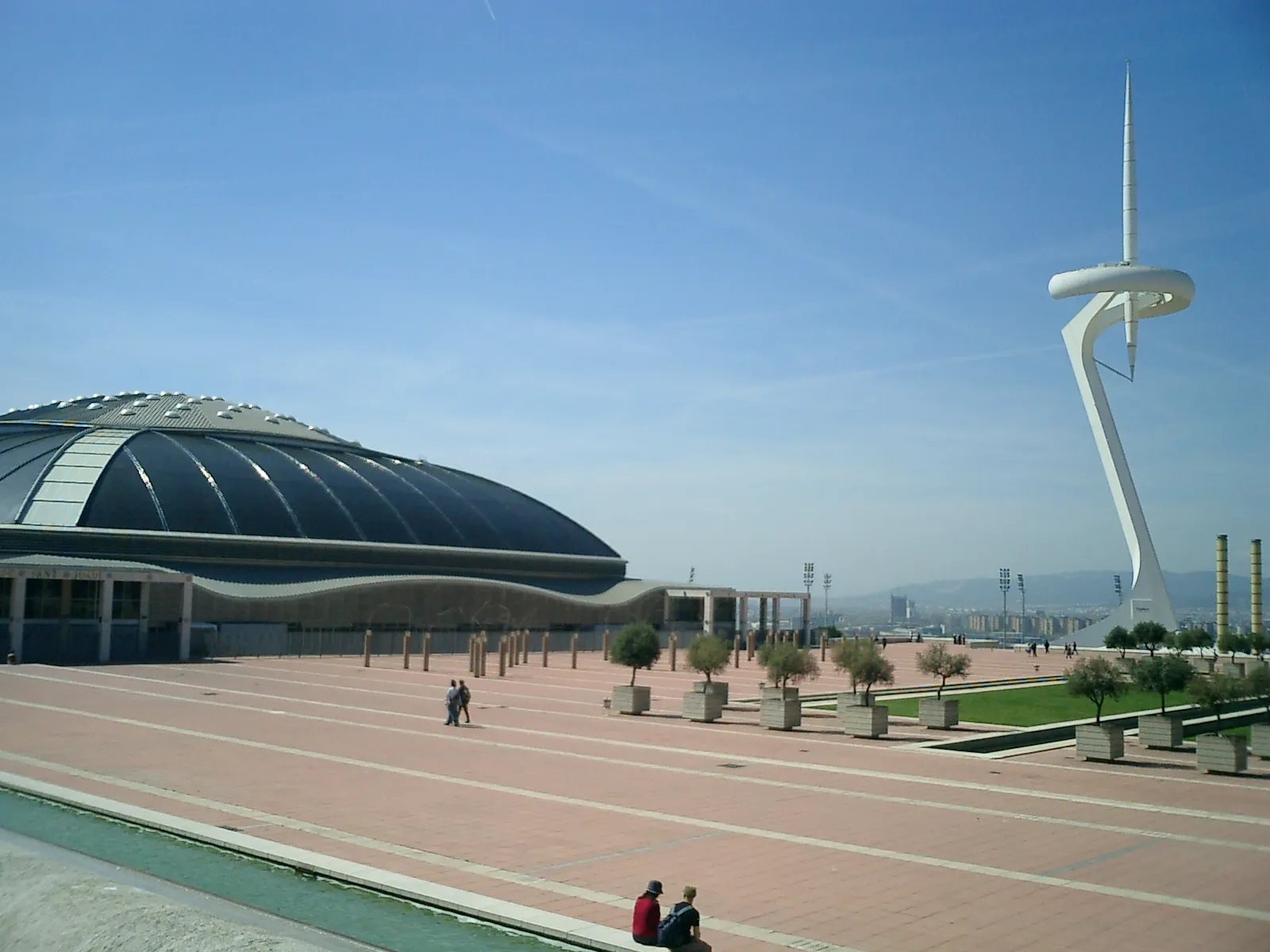
Palau San Jordi Stadium in Barcelona. Photo by 555-Nase, via Wikimedia Commons
Muschamp was reviewing a show of Isozaki’s work at the Brooklyn Museum, evidence of the architect’s popularity in the U.S. in the 1980s and ‘90s. His first realized project outside Japan was MOCA, a downtown Los Angeles museum, with a picturesque, red sandstone facade that may have seemed a little less contemporary than the art inside. At Schrager’s Palladium night club (now demolished) he inserted a rectangular “jungle gym” into an ornate theater. For Disney’s Orlando headquarters, he designed a building with two long office wings that meet at a giant, cone-shaped lobby, brightly colored and equipped as a sundial (1990).
He designed a convention center in Doha and concert halls in Greece and China but was also drawn to diminutive projects. When he visited Jerry Sohn, an art book publisher, at Sohn’s retreat near Joshua Tree National Park in the mid-2000s, he decided to design three pavilions, identified as bedrooms for winter, summer, and spring/fall. Each is a sculpture of raw concrete completed by the sky, the desert, and the boulders around it (respectively, the ceiling, the floor and the walls). Together they total about 200 square feet.
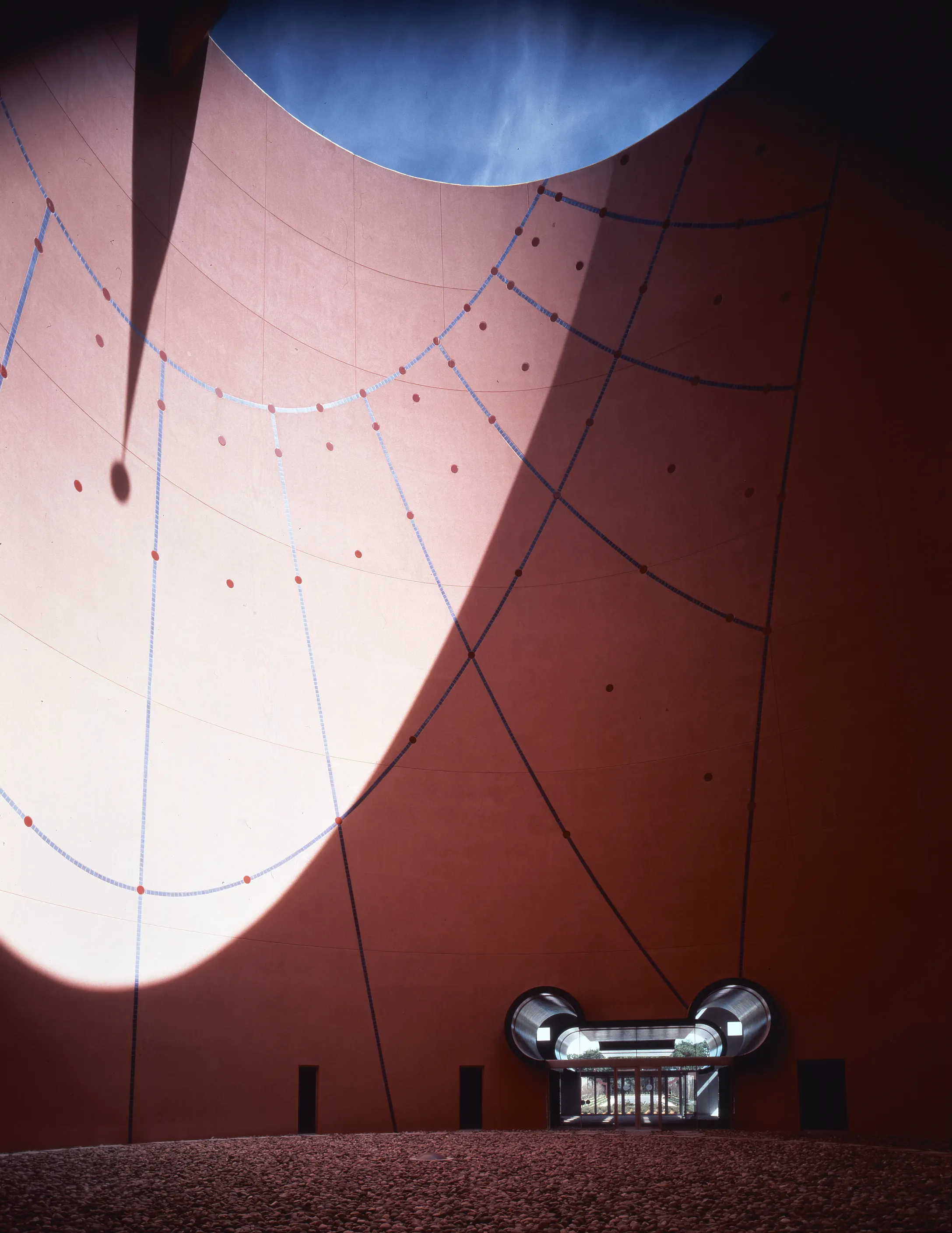
Team Disney Building interior detail. Photo © Kochi Prefecture, Ishimoto Yasuhiro Photo Center
Known as a theorist as well as a practitioner, Isozaki was the author of several books, including Japan-ness in Architecture (2003), which explained some of his country’s intangible building traditions. He was also part of the small group of architects who, in the late 1970s, helped hotel magnate Jay Pritzker plan what became the Pritzker Prize. When the prize was established, Isozaki served as one of its first jurors. In recent years Isozaki, a thrice-married widower, lived in Okinawa with his companion of 18 years, gallery owner Misa Shin.
When he won the Pritzker Prize in 2019, it was considered long overdue. The award had already gone to a number of leading Japanese architects, including a contemporary (Fumihiko Maki), two who were a decade younger (Toyo Ito and Tadao Ando), and others several decades younger (Kazuyo Sejima and Ryue Nishizawa, and Shigeru Ban). When he finally won, he told the New York Times, with what it called “his trademark sense of humor,” “It’s like a crown on my tombstone.” It’s a crown he wore well.
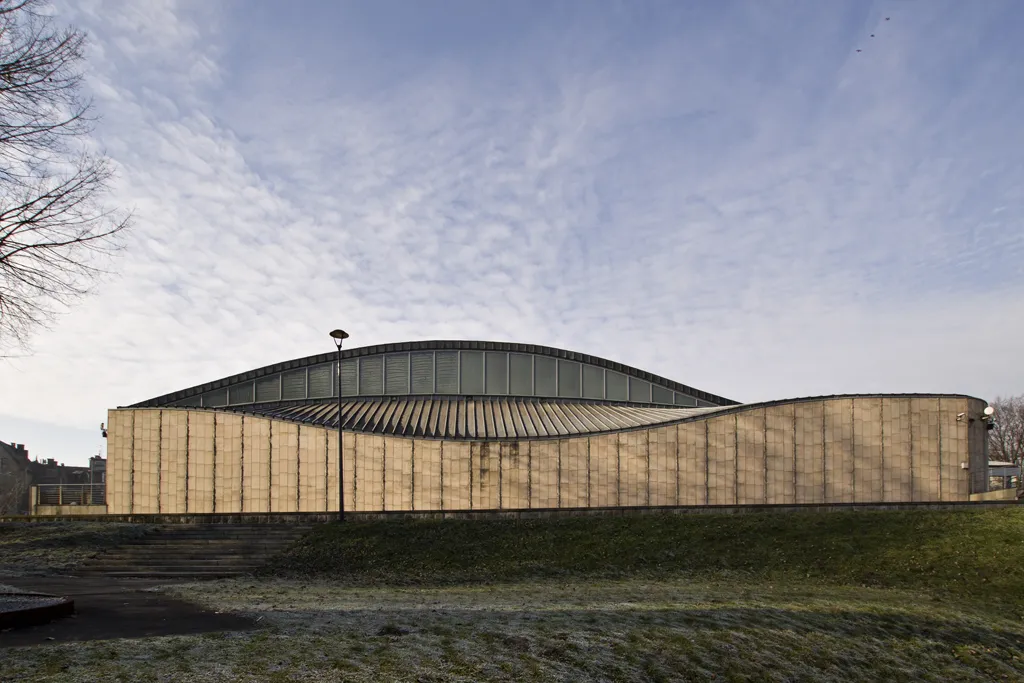
Manggha Museum of Japanese Art and Technology (1994) in Kraków, Poland. Photo by Artur Salitz, via Flickr





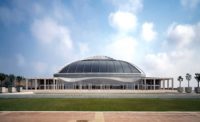
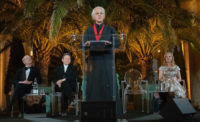
Post a comment to this article
Report Abusive Comment